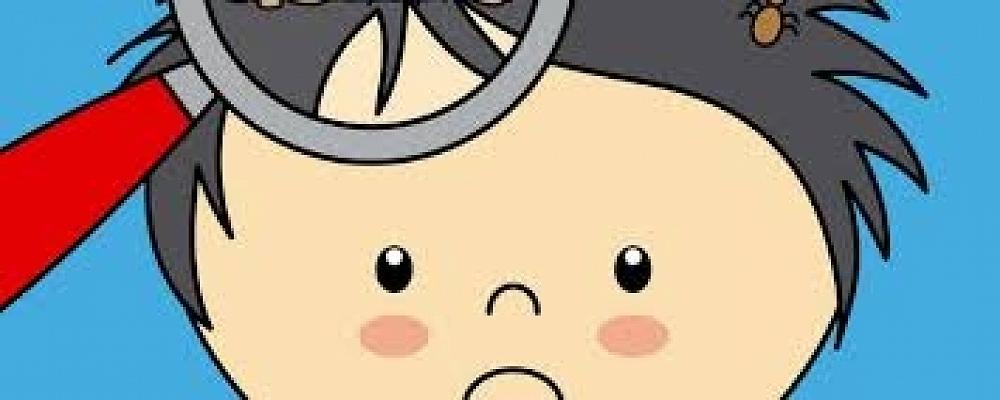
Head Lice
Head lice are very common in the community and we have noticed that some students at school have head lice at the moment. Please check you child's hair.
It is important that you check your child’s hair, and treat for head lice if required, to help prevent head lice spreading.
Check the hair of every member of the household. If you find live head lice on anyone, treat them as well.
What are head lice?
Head lice are small flat insects, about 2–3 mm long. They live on the scalp (the skin on a person’s head where the hair grows from). Head lice lay their eggs (nits) on strands of hair.
Anyone can get head lice – it doesn’t matter how clean or dirty a person’s hair is. Head lice spread by crawling from one person’s hair to another’s – usually between people who are in close contact, such as family or school classmates.
Head lice:
- cannot jump, fly or swim
- do not carry disease
- stay on the scalp after swimming or bathing/showering.
What do head lice look like?
Insects
Head lice can be white, brown or dark grey. They are usually in the hair at the back of the neck or behind the ears.
Eggs (nits)
Female head lice lay about 7–10 eggs each night. The eggs are small and hard (like a grain of salt) and are normally pale grey in colour. Eggs are laid close to the scalp and are normally pale grey in colour. Eggs are laid close to the scalp and are firmly glued to strands of hair. After hatching, the empty egg cases are white.
Eggs hatch in 9 days, and head lice live for 40 days.
Treatment
Chemical treatments
- Chemical treatments use a special shampoo or lotion that kills the head lice and the eggs. Follow the instructions that are supplied with the chemical treatments.
- Always do a second treatment 7–10 days after the first. This is to kill any head lice that may have hatched after the first treatment.
Wet combing
- Wet the hair and scalp with conditioner (this makes it easier to see the head lice).
- Use a fine-toothed comb to check for head lice and eggs and to comb them out. It’s best to use a fine metal comb, or a special head lice comb you can get from a pharmacy.
- Comb the full length of the hair, from the scalp to the ends. Work your way around the head so that you have combed all of the hair.
- If you see any head lice or eggs, clean the comb by wiping it on a tissue or a paper towel, or rinse the comb before you use it again.
- After you have combed all of the hair, rinse out the conditioner.
- Repeat the wet combing each week until you don’t find any more head lice or eggs.
